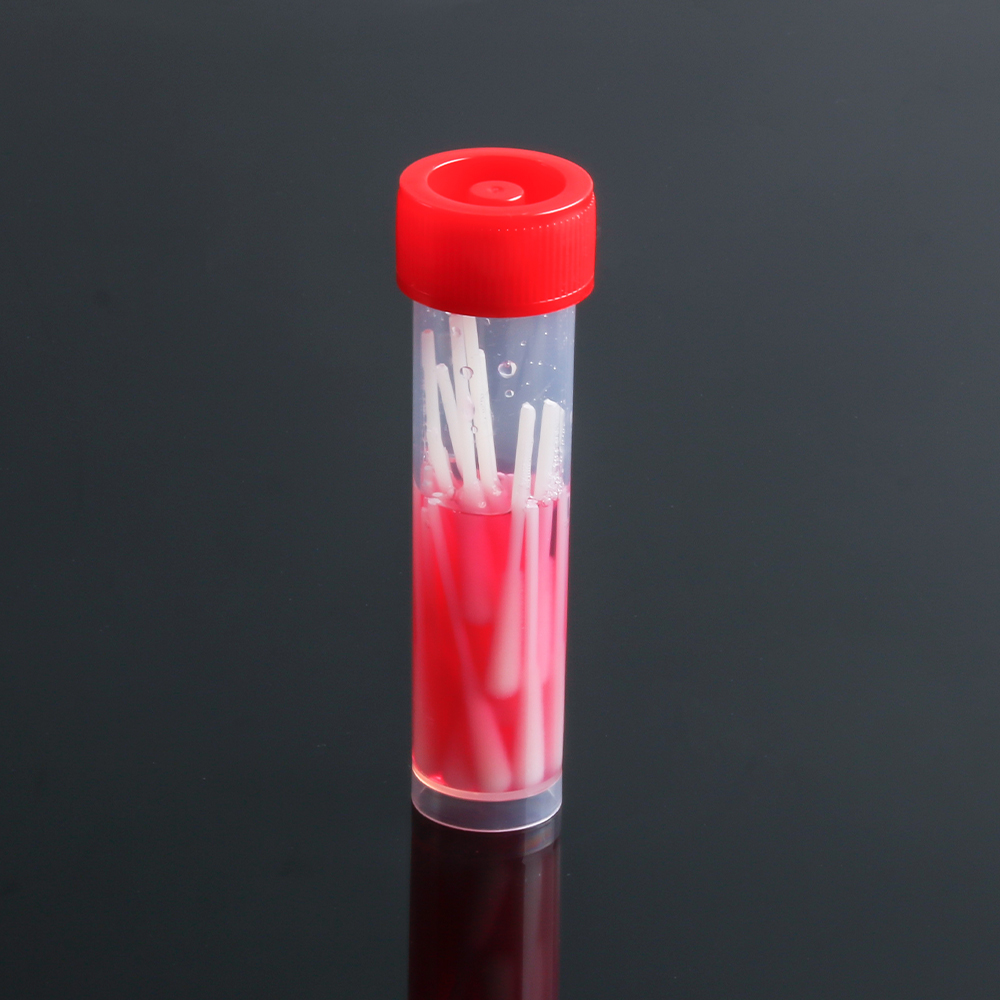Medical nasopharyngeal swab pharyngeal swab normal human pharyngeal isthmus culture should be oral normal flora, and no pathogenic bacteria growth. Bacteria in the pharynx are from the outside world and do not cause disease under normal circumstances, but can occur under the body's systemic or local resistance and other external factors such as infection and cause disease. Therefore, pharyngeal swab bacterial culture can isolate pathogenic bacteria and help in the diagnosis of diphtheria, purulent tonsillitis, acute pharyngitis, etc.
Pharyngeal swab specimen collection
Purpose
To take secretions from the pharynx and tonsils for bacterial culture or virus isolation.
Materials used
Pharyngeal swab culture tube, alcohol lamp, match, tongue depressor, flashlight.
Procedure
1. Check the doctor's orders, label the specimen container and bring the items to the patient's bedside.
2. Check the patient and explain the purpose and method of taking pharyngeal swabs for culture.
3. Light the alcohol lamp, ask the patient to open the mouth and make the "ah" sound, expose the pharynx, and wipe the secretions on both palatal arches and pharynx and tonsils with sensitive and gentle movements using the sterilized long swab in the culture tube.
4. After taking, sterilize the test tube mouth on the flame of an alcohol lamp, and then insert the swab into the test tube and plug it tightly.
5. Send the test tube for examination in time.
Clinical significance
If pathogenic bacteria are detected in sputum and pharyngeal swab secretions, it is considered a respiratory tract infection. It can be combined with other tests (X-ray fluoroscopy, ultrasound, etc.) to diagnose the site of respiratory tract infection. Common bacteria for respiratory tract infections are: Staphylococcus spp, S. pneumoniae, Haemophilus influenzae, Klebsiella pneumoniae, Staphylococcus, Streptococcus, Pseudomonas aeruginosa, Escherichia coli, etc. If Mycobacterium tuberculosis is cultured, it is tuberculosis. If yeast-like bacteria are cultured then consider if antibiotics were used inappropriately or in excess during the infection and antibiotics should be stopped immediately and replaced with antifungal drugs such as amphotericin B, ashwagandha, clotrimazole, etc.



